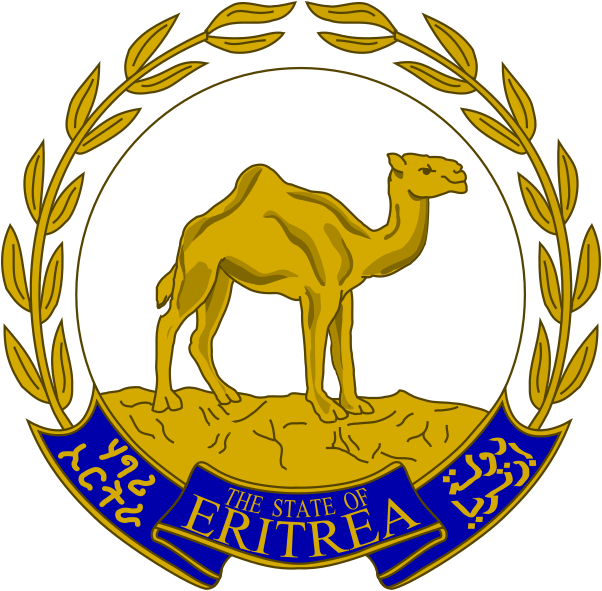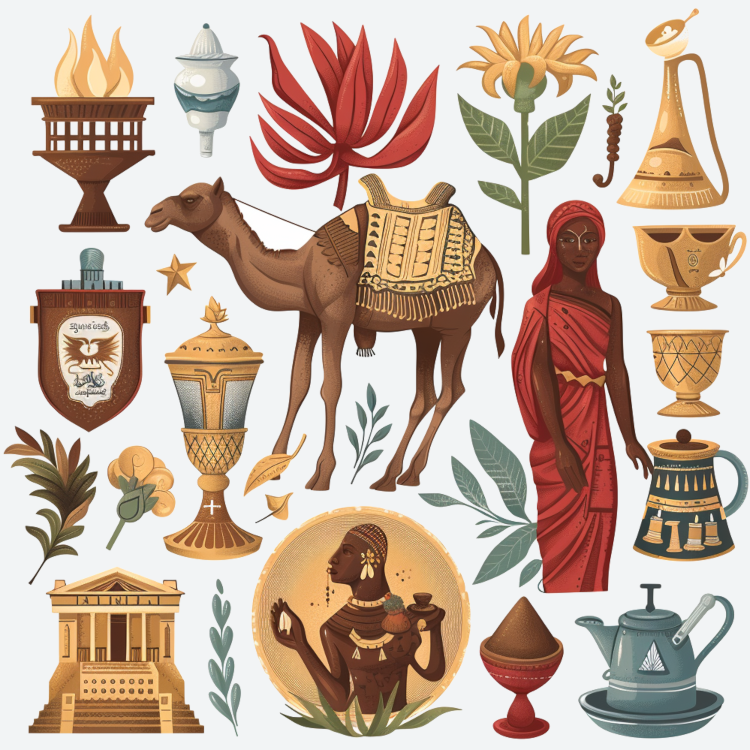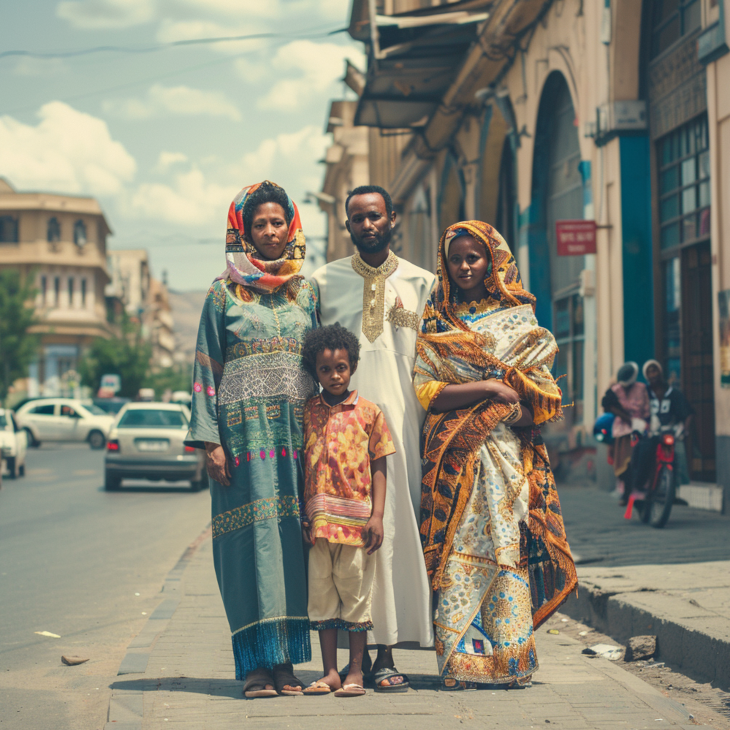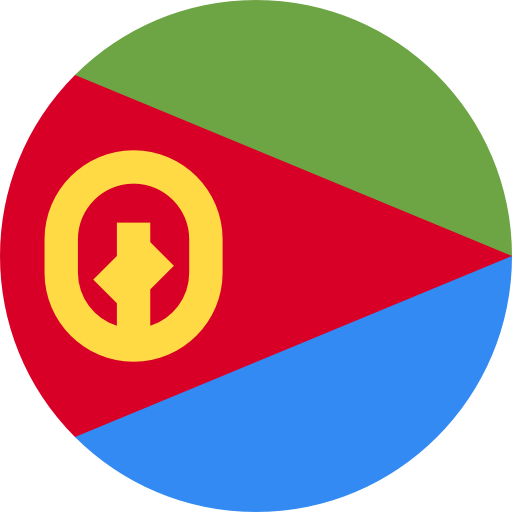About ER

Location
Eritrea is located in the Horn of Africa, bordered by Sudan to the west, Ethiopia to the south, and Djibouti to the southeast. It has a coastline along the Red Sea to the east and northeast.
Capital
The capital city of Eritrea is Asmara, which is also the largest city in the country.
Population
As of recent estimates, Eritrea has a population of approximately 6 million people.
Languages
The official languages of Eritrea are Tigrinya, Arabic, and English. Tigrinya is the most widely spoken language in the country.
Religion
The majority of the population in Eritrea adheres to Christianity or Islam, with Christianity being the predominant religion.
Geography
Eritrea has a diverse landscape that includes coastal plains, highlands, and lowlands. The Great Rift Valley runs through the country from north to south.
Independence
Eritrea gained independence from Ethiopia in 1991 after a long and bloody struggle for liberation. A referendum held in 1993 confirmed Eritrea's independence.
Economy
Eritrea's economy is primarily based on agriculture, mining, and fisheries. The country has significant deposits of gold, copper, and other minerals. However, Eritrea faces economic challenges, including limited access to foreign exchange and high unemployment rates.
Politics
Eritrea is a one-party state, with the People's Front for Democracy and Justice (PFDJ) being the only legal political party. President Isaias Afwerki has been in power since independence in 1993.
Challenges
Eritrea faces numerous challenges, including human rights abuses, limited press freedom, and mandatory national service, which has led to significant emigration of young people seeking asylum abroad. The country has also been involved in conflicts with neighboring countries, including Ethiopia and Djibouti.

National Items of Eritrea
Camel
The camel is a significant symbol in Eritrea, representing endurance, adaptability, and the traditional nomadic lifestyle of many Eritrean communities.
Tigrinya Coffee Ceremony
The Tigrinya coffee ceremony is an important cultural tradition in Eritrea. It symbolizes hospitality, social cohesion, and cultural heritage.
Adey Abeba (Meskel Flower)
The Adey Abeba, or Meskel Flower (Bidens macroptera), is a national symbol of Eritrea. It symbolizes renewal, beauty, and cultural significance, especially during the Meskel festival.
Teff
Teff is a staple grain used to make injera, a traditional flatbread. It symbolizes sustenance, agricultural heritage, and the culinary traditions of Eritrea.
Cycling
Cycling is a popular sport in Eritrea and has produced many renowned cyclists. It symbolizes national pride, sportsmanship, and the country's passion for cycling.
Asmara
Asmara, the capital city of Eritrea, is known for its well-preserved colonial Italian modernist architecture. It symbolizes the historical and cultural heritage of the country.
Sawa
Sawa is a town in Eritrea known for its national service training center. It symbolizes national unity, defense, and the youth's role in the country's development.
Eritrean Traditional Dress
Traditional Eritrean dress, including the "zurias" for women and "shida" for men, symbolizes cultural heritage, identity, and traditional fashion.
Berbere
Berbere is a traditional Eritrean spice blend used in many dishes. It symbolizes the rich culinary heritage and the unique flavors of Eritrean cuisine.
Eritrean Orthodox Church
The Eritrean Orthodox Church is a major religious institution in the country. It symbolizes spiritual heritage, religious traditions, and cultural identity.
Dams and Agriculture
Dams and agriculture projects, such as those seen in the Gash-Barka region, symbolize Eritrea's efforts towards self-sufficiency, agricultural development, and food security.
Red Sea Coastline
The Red Sea coastline of Eritrea, including the Dahlak Archipelago, symbolizes the country's natural beauty, marine biodiversity, and strategic maritime importance.
Traditional Eritrean Music
Traditional Eritrean music, often characterized by instruments like the krar and the wata, symbolizes the cultural heritage, artistic expression, and social traditions of the Eritrean people.
Highland and Lowland Landscapes
The diverse highland and lowland landscapes of Eritrea symbolize the country's geographical diversity, natural beauty, and ecological richness.
Bunna (Coffee)
Bunna, or coffee, holds a significant place in Eritrean culture, especially during social gatherings and ceremonies. It symbolizes hospitality, social interaction, and cultural traditions.

The national anthem of Eritrea is called "Ertra, Ertra, Ertra" in Tigrinya, one of the official languages of Eritrea. Here are the lyrics in both Tigrinya and English:
ኤርትራ ኤርትራ ኤርትራ
ሓወልቲ ሓወልቲ ሓወልቲ
ኤርትራ ኤርትራ ኤርትራ
ሓወልቲ ሓወልቲ ሓወልቲ
ኤርትራ ኤርትራ ኤርትራ
ሓወልቲ ሓወልቲ ሓወልቲ
ብናት ዘለና ኤርትራ
ንበል ህዝብና
ኣብዚ እቲ ተራኺቡ
ዕማምባትን ንኤርትራ
ንኣክብረኪ ኣለዋ።
ኤርትራ ኤርትራ ኤርትራ
ከምዚ እዩ ንኣክብርኪ
ይንድኣን ይብሉ እቲ ዓድን
ንከይንረክብ ከምዚ ተዓዊትን
Eritrea, Eritrea, Eritrea,
Land of our fathers, land of our forefathers,
Eritrea, Eritrea, Eritrea,
Land of our fathers, land of our forefathers,
Eritrea, Eritrea, Eritrea,
Land of our fathers, land of our forefathers.
For the cause of our country
With our blood, our sweat,
We are dedicated,
To you, Eritrea.
We shall be servants of you.
Eritrea, Eritrea, Eritrea,
From now until the end of time,
Forever and ever,
We shall be loving you.


